“KARAOKE” has multiple meanings?
I go to KARAOKE alone three times a week. However, I have never sung a song. When I tell this to people from other countries, they all find it strange. So why do I go? It’s for flute practice.

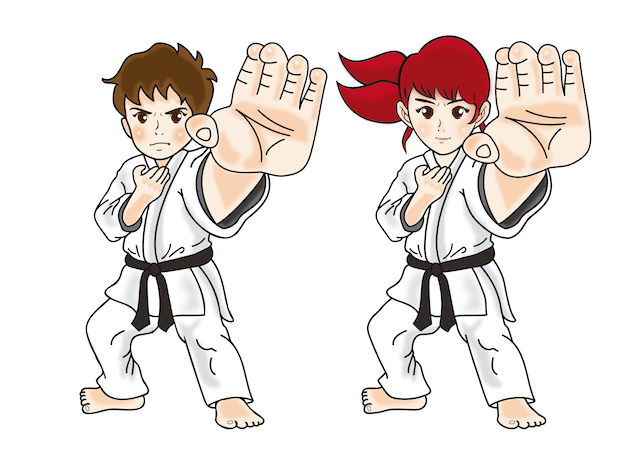
The term “KARAOKE” actually originates from Japanese and refers to instrumental accompaniment for singing. The word “KARA” means “empty” or “void.” For example, “KARATE” consists of “kara” and “te” (hand), meaning empty hand, or unarmed martial arts (although there are alternative theories about its etymology). On the other hand, “OKE” comes from “orchestra.” In Japanese, it’s common to abbreviate English words, such as “television” becoming “terebi.” Therefore, “KARAOKE” literally means “empty orchestra,” indicating instrumental accompaniment without vocals, as established in Japanese.
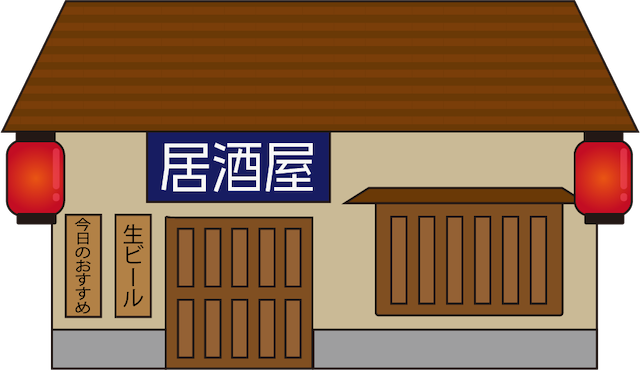
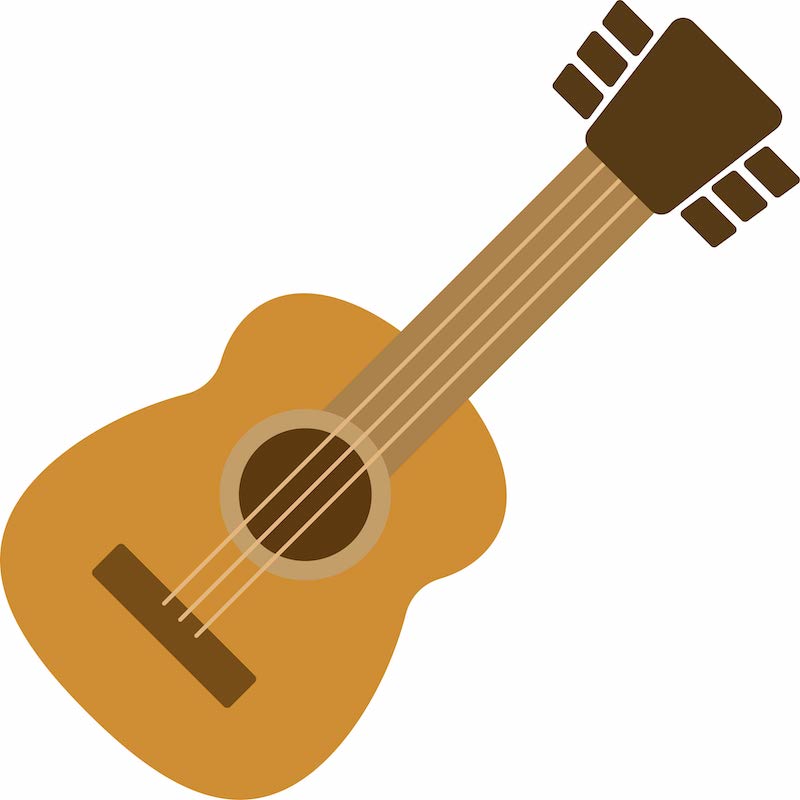
Until around 1970, in izakayas (Japanese-style pubs primarily serving sake and Japanese food) or snack bars (Japanese-style pubs serving Western-style drinks and food), intoxicated customers who wanted to sing would be accompanied by musicians called “nagashi” (meaning to play along). However, with the development of recording equipment, tapes or records containing only accompaniment tracks became widespread, allowing customers to select songs and sing along using lyrics printed on paper. As a result, the profession of “nagashi” rapidly declined.
Originally, “KARAOKE” referred only to instrumental accompaniment without vocals, but gradually, the act of singing at KARAOKE also came to be referred to as “KARAOKE.” The practice of using a microphone, amplifying the sound, and singing in bars (sometimes with the addition of visuals on screens) became established. This was the original scene of KARAOKE.
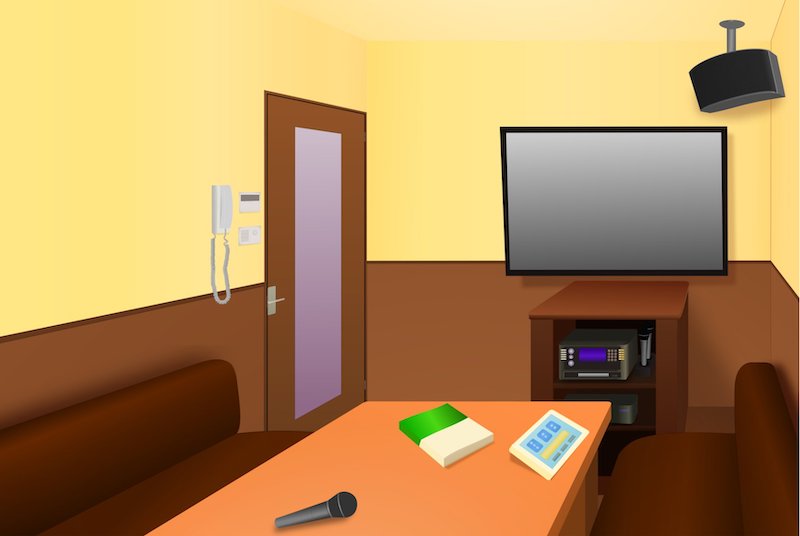

However, due to complaints about noise or the desire for high-quality orchestral accompaniment for serious singing, KARAOKE-specific facilities began to emerge. Initially named KARAOKE BOXES or KARAOKE ROOMS, various-sized private rooms were provided, designed to prevent sound leakage. Customers could also order food and drinks there. Over time, the equipment evolved, allowing for adjustments in pitch, enhancements to poorly sung performances, and even scoring, which has become standard today. Standalone equipment (selecting songs from tapes or CDs) has now been connected to the internet, providing access to a vast library of songs. (A total of 150,000 songs are available, with 200 new songs being released every week!) These facilities as a whole are also referred to as KARAOKE. The largest KARAOKE chain in Japan operates 625 outlets domestically and has expanded into four countries overseas.
I am a heavy user of KARAOKE, despite never singing. Each room is equipped with air conditioning, WiFi, and soundproofing, making it comfortable. Moreover, during off-peak hours when there are fewer customers, a discounted pricing system is available. By spending a lot of money or visiting frequently, users can receive preferential services. Currently (although I don’t spend much money, I visit frequently), I have achieved a “Diamond” status, which entitles me to a constant 30% discount. Frankly, spending just over 500 yen for three hours in the morning, including one drink, is a great deal!
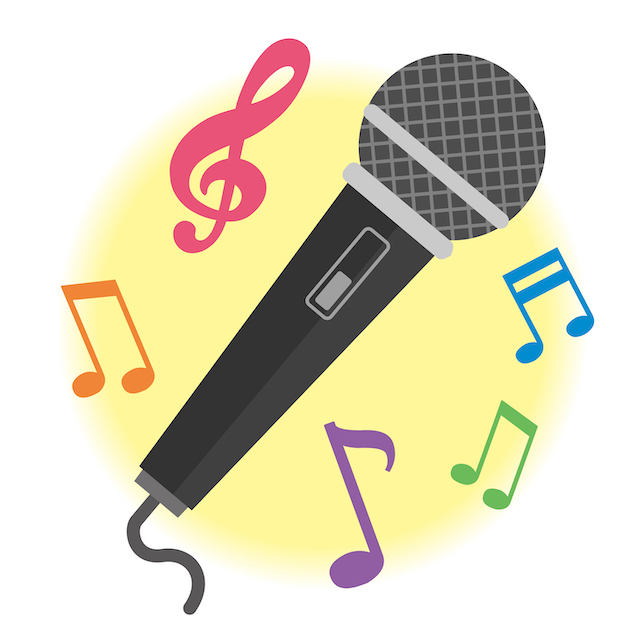

Recently, like myself, there has been an increase in KARAOKE users who don’t sing. Moreover, there are quite a few people who go alone. Some practice various instruments, while others bring laptops and use KARAOKE as their makeshift office. There are even those who use it for sleeping because it’s affordable and comfortable. What I often saw during the year-end and New Year holidays was the sight of elderly people in the community holding year-end parties and New Year parties at KARAOKE venues.
This is the KARAOKE culture born in Japan, continuing to evolve beyond the conventional notion of singing with a microphone!

